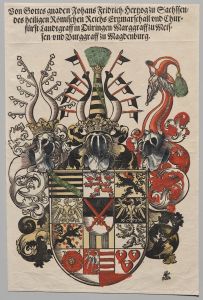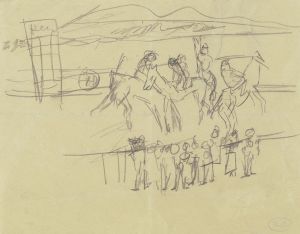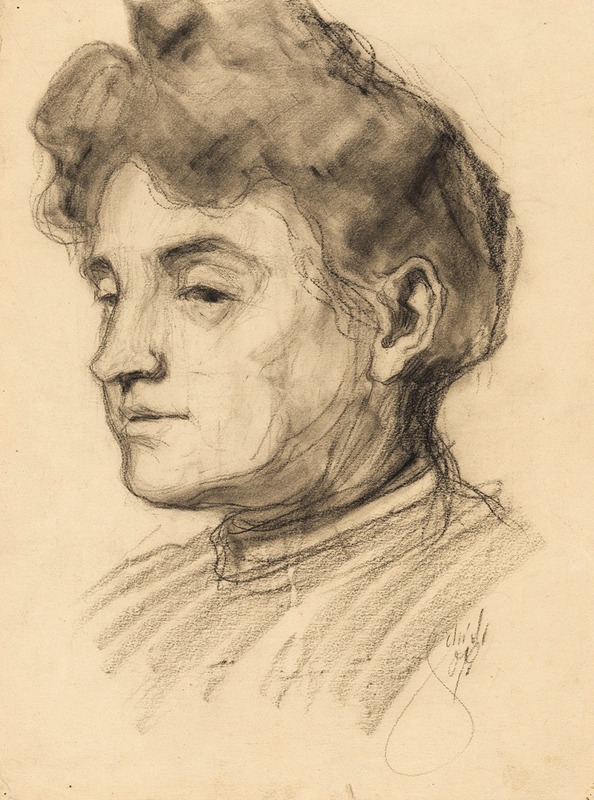
Porträt Marie Schiele
A hand-painted replica of Egon Schiele’s masterpiece Porträt Marie Schiele, meticulously crafted by professional artists to capture the true essence of the original. Each piece is created with museum-quality canvas and rare mineral pigments, carefully painted by experienced artists with delicate brushstrokes and rich, layered colors to perfectly recreate the texture of the original artwork. Unlike machine-printed reproductions, this hand-painted version brings the painting to life, infused with the artist’s emotions and skill in every stroke. Whether for personal collection or home decoration, it instantly elevates the artistic atmosphere of any space.
Egon Schiele, an Austrian painter known for his distinctive style and contribution to early 20th-century art, created the painting "Porträt Marie Schiele" in 1909. This work is a portrait of Schiele's younger sister, Marie, who was a significant figure in his life and often served as a model for his early works. Schiele's portraits are renowned for their emotional intensity and unique approach to capturing the human form, and "Porträt Marie Schiele" is no exception.
The painting is executed in oil on canvas, a medium that Schiele frequently employed during this period. In this portrait, Schiele's characteristic use of bold lines and expressive forms is evident. The composition focuses on Marie's face, capturing her with a direct gaze that engages the viewer. Schiele's use of color is both subtle and striking, with a palette that highlights the contours and features of Marie's face, lending the portrait a sense of depth and immediacy.
Egon Schiele was a protégé of Gustav Klimt, and his early works, including "Porträt Marie Schiele," reflect Klimt's influence, particularly in the use of line and form. However, Schiele quickly developed his own style, characterized by a more raw and visceral approach. This painting is an example of Schiele's early exploration of psychological depth in portraiture, a theme that would become central to his later works.
Marie Schiele, born in 1894, was one of Egon's closest family members, and their relationship was both personal and professional. She often posed for him, and their bond is evident in the sensitivity with which he rendered her likeness. This portrait not only captures her physical appearance but also conveys a sense of her personality and the close connection between artist and subject.
The period in which "Porträt Marie Schiele" was created was a formative time for Schiele. He was beginning to establish himself in the Viennese art scene, moving away from academic art and towards a more expressive and individualistic style. This painting is an early indication of his break from tradition and his movement towards the more radical and emotive works that would define his career.
Egon Schiele's work, including "Porträt Marie Schiele," is often associated with the Expressionist movement, although he did not formally align himself with any specific art group. His focus on the human condition, emotional expression, and the exploration of identity and sexuality set him apart as a pioneering figure in modern art.
Today, "Porträt Marie Schiele" is appreciated not only for its artistic merit but also for its insight into Schiele's early development as an artist. It remains a testament to his skill in capturing the essence of his subjects and his ability to convey complex emotions through portraiture. The painting is part of the broader narrative of Schiele's life and work, reflecting his personal relationships and his evolving artistic vision.





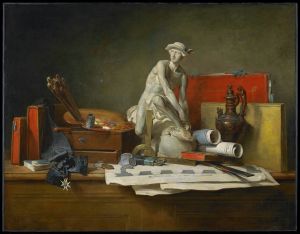
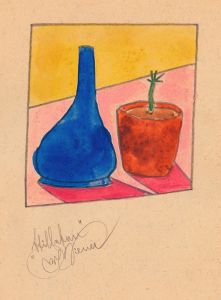
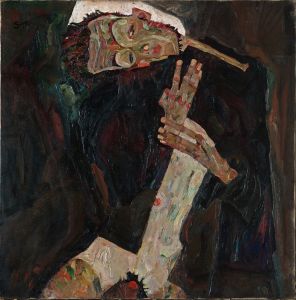
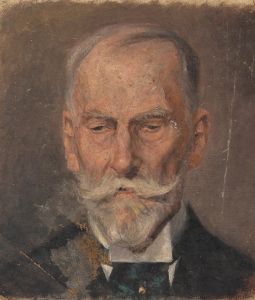
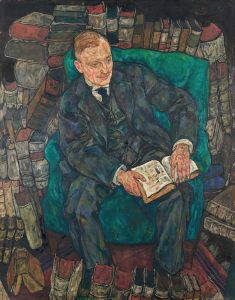
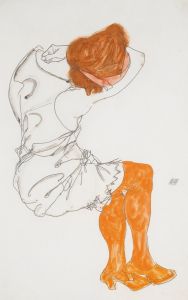
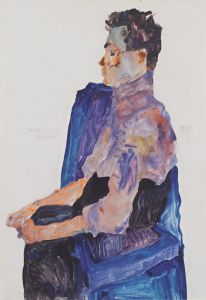

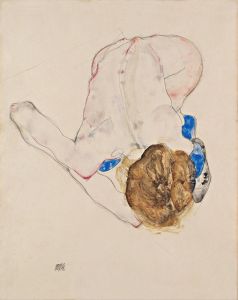

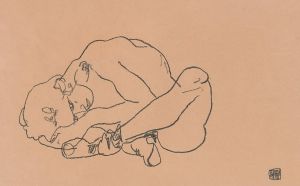
![Designs for theater with black-framed proscenium and boldly colored settings.] [Study for stage light wall decoration, possibly for Caf ̌Crillon ……](/imgs/249421/s/winold-reiss-designs-for-theater-with-blackframed-proscenium-and-boldly-colored-settings-study-for-stage-light-wall-decoration-possibly-for-caf-crillon--2b2d7011.jpg)
